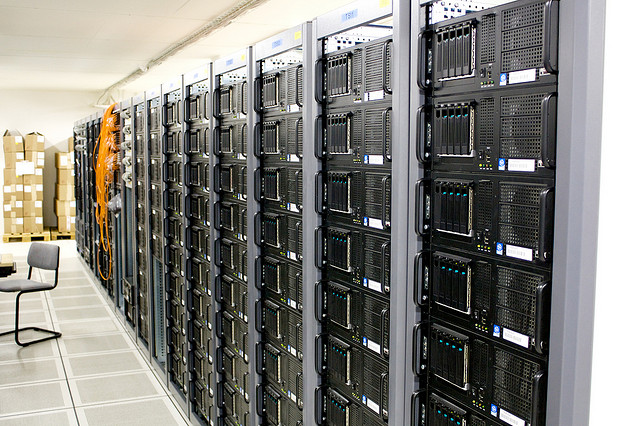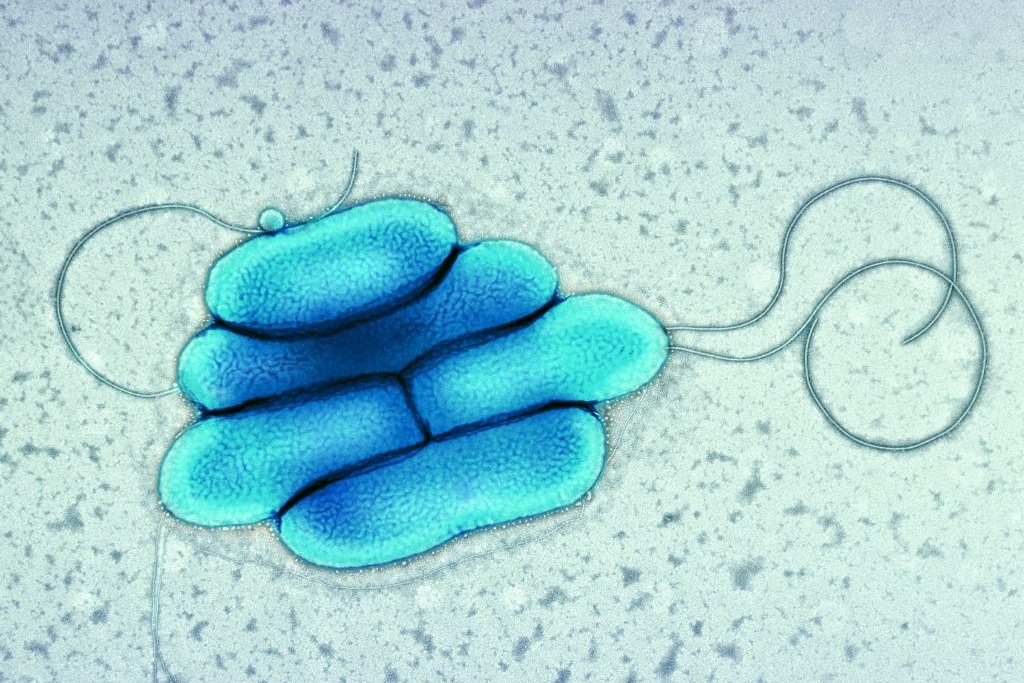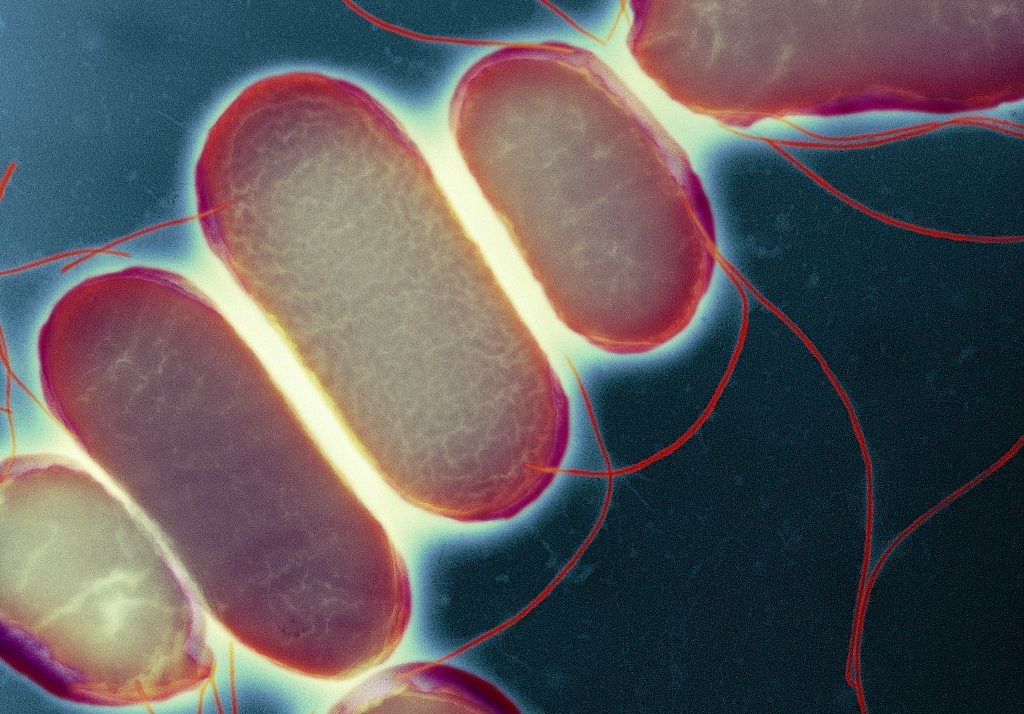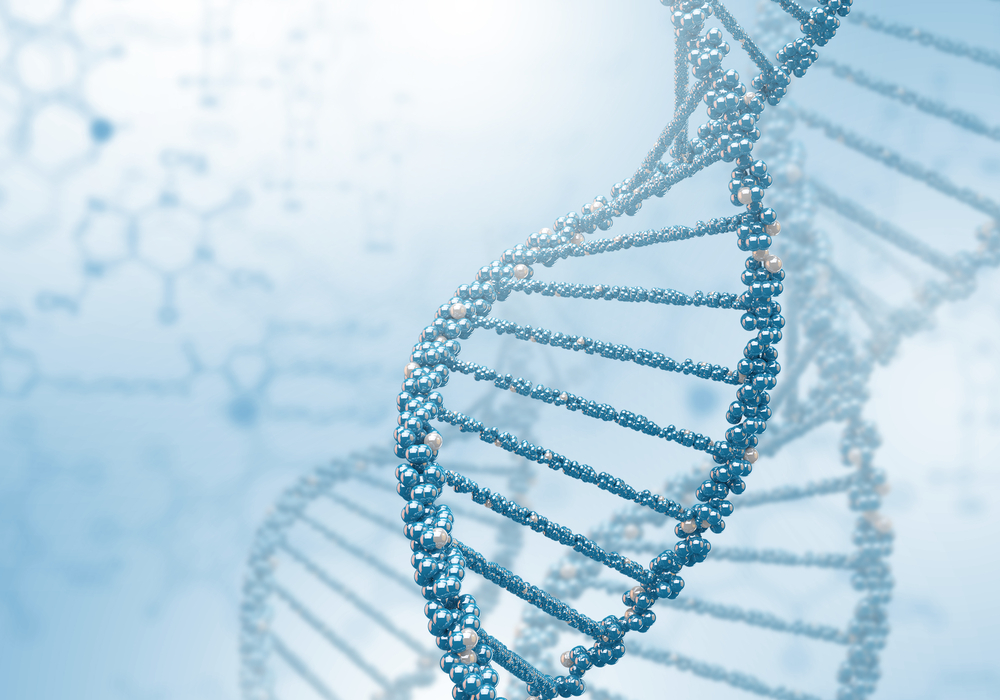Just how close is ICT to the frontline these days?

...rate at which our medical microbiology is modernising. Of course, these days our Information and Communications Technology (ICT) is at the very heart of everything that we do. This may...

...rate at which our medical microbiology is modernising. Of course, these days our Information and Communications Technology (ICT) is at the very heart of everything that we do. This may...

...of the proteome. In PHE, one of the ways that we analyse bacterial proteins is using mass spectrometry (MS) technology. This has helped our scientists to understand more about which...

...or detection of nucleic acid, particularly for the microorganisms that we cannot culture using traditional techniques. Analysing all the complex biological data we are now able to produce often involves...

...if they had to build these capabilities from scratch. In the life sciences sector, quality assurance is critically important. By offering our testing and quality assurance capabilities to industry (for...

...bioinformatic capabilities to manage, store and share this data and to link them effectively to clinical and epidemiological datasets. We also have to accept that this is a rapidly moving...